Top 6 Best Tresorit Alternatives 2025: Deep-going Analysis
Tresorit has earned a strong reputation for its encrypted cloud storage and secure file sharing, making it a go-to choice for individuals and businesses prioritizing data protection. However, many users find that Tresorit is primarily for cloud sync and sharing, but not ideal for local Android backups, USB transfers, or offline access.
Whether you're looking to self-host your storage, back up your Android device locally, or integrate file sharing into your business workflow with more flexibility, a good Tresorit alternative can offer just the right balance of security, functionality, and cost-efficiency. This article will introduce the top 6 replacements for Tresorit that cater to a variety of preferences.
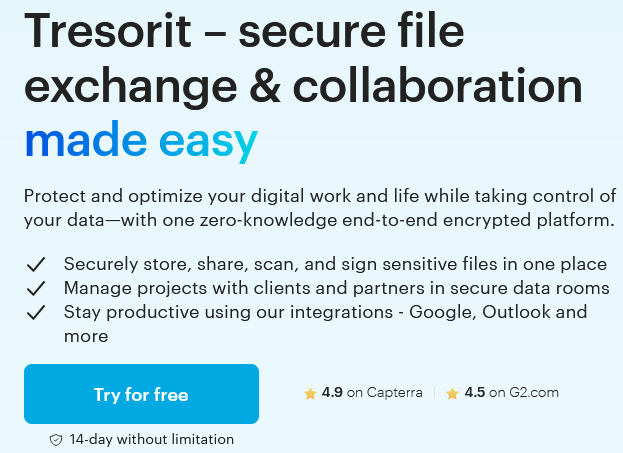
No. 1: Best Tresorit Alternative - MobiKin Android Backup & Restore
MobiKin Backup Manager for Android (Windows and Mac) is a reliable alternative to Tresorit for users focused on backing up and restoring Android data locally without cloud dependency. Termed Android Backup and Restore, it enables fast data transfer between Android devices and computers via USB, ensuring offline control. While it doesn't support cross-platform cloud sync, it's ideal for Android users who value privacy and simplicity.
How-to Guide:
- Install MobiKin Backup Manager for Android on your computer.
- Connect your Android phone or tablet via USB and activate USB debugging.
- Launch the program and choose the "Backup" option.
- Follow the onscreen hints to copy files from your phone to PC or "Restore" to fetch them.
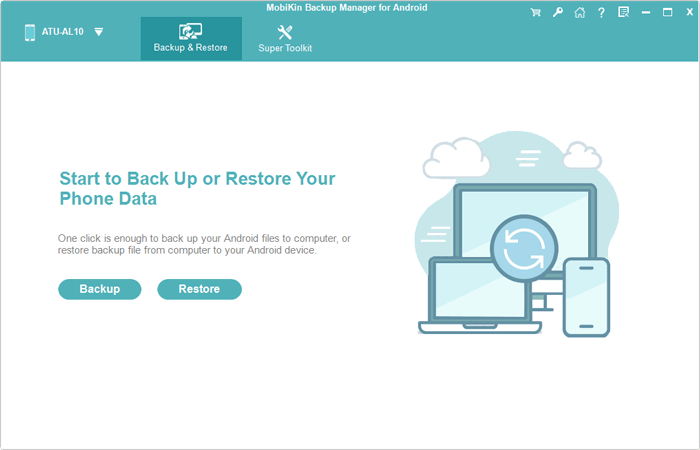
Video Guide:
Applicable Platforms:
- Android, Windows, macOS.
MobiKin Android Backup & Restore outperforms Tresorit in terms of:
- Local Backup & Restore without needing internet or cloud access.
- One-click full or selective backup of Android data, including contacts, messages, photos, etc.
- Faster data transfer via USB, ideal for users needing immediate, offline backups.
Cons:
- Limited to Android devices only, no support for iOS.
- No cloud backup option, which means data is stored only locally unless manually uploaded.
- Lacks advanced scheduling or automation, requiring manual initiation of backups.
No. 2: Box
Box serves as a strong Tresorit alternative with robust cloud storage, advanced collaboration features, and enterprise-level security. It supports real-time syncing and file sharing across multiple platforms, making it ideal for both individual and business use. Box also offers compliance features and integration with productivity suites like Microsoft 365 and Google Workspace.
Applicable Platforms:
- Windows, macOS, Android, iOS, Web.
Box outperforms Tresorit in terms of:
- Deep integration with Google Workspace and Microsoft 365 for seamless collaboration.
- Unlimited storage options for business plans, unlike Tresorit's tiered plans.
- Advanced team collaboration tools like comments, tasks, and version control.
Cons:
- The free plan has limited storage (only 10 GB) and file size restrictions.
- Offline access is limited compared to other tools like Dropbox or OneDrive.
- Interface can feel cluttered, especially for new users managing multiple workspaces.
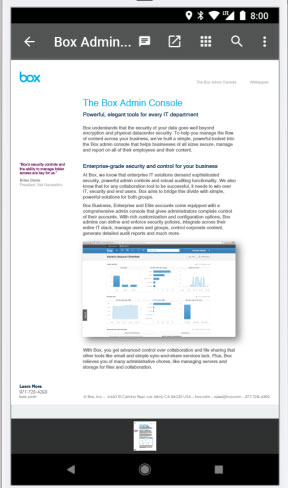
You Might Also Like: Dropbox vs Google Drive vs OneDrive- Which is Better?
No. 3: M-Files
M-Files is a powerful alternative to Tresorit, especially for businesses managing complex documents and workflows. Its metadata-based structure and automated compliance features go beyond standard file storage. With support for desktop and mobile platforms, M-Files delivers secure, intelligent document handling for regulated industries.
Applicable Platforms:
- Windows, macOS, Android, iOS, Web.
M-Files outperforms Tresorit in terms of:
- Metadata-driven document organization, eliminating reliance on folder structures.
- Automated workflows and compliance features for complex business processes.
- AI-powered search and document classification, boosting productivity and accuracy.
Cons:
- Steep learning curve due to its metadata-driven approach.
- High pricing, especially for small businesses or individual users.
- Requires significant configuration for full functionality, including workflow setup.
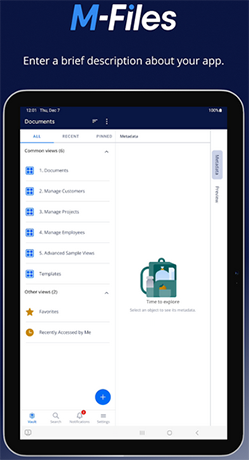
No. 4: Filestash
Filestash is a flexible and self-hostable alternative to Tresorit that supports various backends like FTP, SFTP, WebDAV, and S3. It offers broad protocol compatibility through a browser-based interface, giving users control over how and where their files are stored. Ideal for developers and tech-savvy users, it trades simplicity for customization.
Applicable Platforms:
- Web (self-hosted; compatible with Windows, macOS, Linux, Android, iOS, via browser).
Filestash outperforms Tresorit in terms of:
- Supports multiple storage protocols (FTP, WebDAV, S3, Git, etc.), which Tresorit does not.
- Fully open-source and self-hostable, giving full control over deployment.
- Lightweight web-based interface that can be customized for developer or enterprise needs.
Cons:
- Self-hosting requires technical knowledge, making it less beginner-friendly.
- No built-in end-to-end encryption, unlike Tresorit.
- Limited official support, since it's an open-source community-driven tool.

Learn More: 10 Best iPhone Manager Software to Transfer and Manage iOS Files
No. 5: Hoodik
Hoodik offers a privacy-centric alternative to Tresorit with open-source architecture and full self-hosting capabilities. It provides complete data ownership and control without reliance on third-party servers. While it lacks the polish of commercial apps, it's a strong choice for users prioritizing transparency and decentralization.
Applicable Platforms:
- Windows, macOS, Linux (Electron-based app), Web (Android/iOS).
Hoodik outperforms Hoodik in terms of:
- Open-source, privacy-first design, allowing for full transparency and control.
- Self-hosted sync and file sharing, with no third-party data dependency.
- Customizable and extensible architecture, ideal for privacy-conscious power users.
Cons:
- Complex setup and maintenance, not suitable for casual users.
- Limited documentation and community support compared to mainstream solutions.
- Lacks native mobile apps, making mobile file access less convenient.
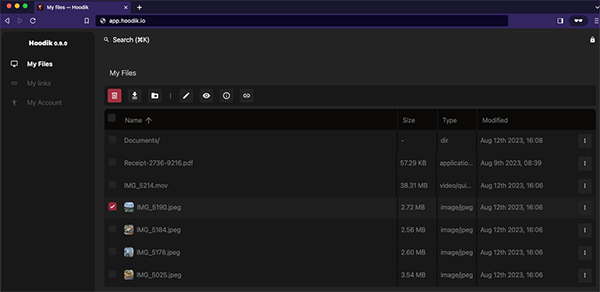
No. 6: ShareFile
ShareFile is a business-focused alternative to Tresorit with added features like e-signature integration, client portals, and audit trails. It's particularly well-suited for industries requiring compliance with regulations like HIPAA or GDPR. Its secure cloud environment and cross-platform compatibility make it ideal for enterprise-level file sharing.
Applicable Platforms:
- Windows, macOS, Android, iOS, Web.
ShareFile outperforms Tresorit in terms of:
- Enterprise-level security with regulatory compliance (HIPAA, GDPR, etc.).
- Built-in e-signature and client portal tools, useful for legal, finance, and healthcare.
- Granular access controls and audit logs, enhancing data governance and accountability.
Cons:
- Premium pricing, especially for small teams or freelancers.
- Occasional sync delays or slowdowns, depending on file size and server load.
- Interface is less modern and can feel outdated compared to newer file-sharing platforms.
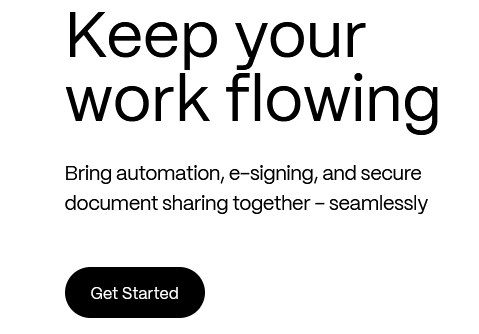
Round Off
The six tools discussed in this article each bring unique strengths to the table, offering flexibility that Tresorit may lack in areas such as offline access, broader integrations, or enterprise-level collaboration. From open-source platforms to affordable backup tools, there's an option for everyone ready to move beyond Tresorit's limitations.
3 Quick Tips for Picking a Tresorit Alternative:
- Match it to your needs - Cloud sync, mobile backup, or offline access? Choose accordingly.
- Look for device support - Tools like MobiKin Backup Manager for Android shine with Android and USB-based backups.
- Balance cost and features - Go beyond price and consider usability, security, and flexibility.
Related Articles:
11 Best Move to iOS Alternatives for Android to iPhone Transfers
9 Most Efficient MOBILedit! Alternatives/Competitors in 2025
How to Reset Android Phone When Locked in 2025? Top 5 Methods



